
Herman Crisostomo
Herman A. Crisostomo is a photographer and filmmaker known for his stylish television commercials and photographs of beautiful women. Born in Sinajana to Herman Aguon

Herman A. Crisostomo is a photographer and filmmaker known for his stylish television commercials and photographs of beautiful women. Born in Sinajana to Herman Aguon
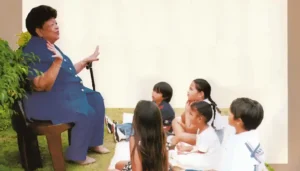
Clotilde “Ding” Castro Gould (1930-2002) was a beloved storyteller, educator and advocate for Chamorro language and culture. Through her sense of humor and gift for
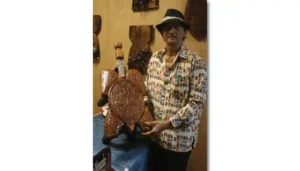
Robert Phillip Taitano (1938 – 2022) was an established woodcarver who specializes in crafting art works, furniture and other decorative pieces from local hardwood. A
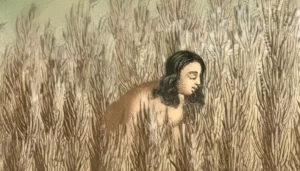
For most people in the Marianas today, getting something to eat is as easy as a trip to the grocery store or to a favorite

Dating as far back as the Upper Paleolithic (around 10,000 to 40,000 years ago), humans have been producing art that has both captivated and puzzled
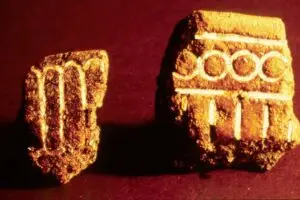
Of the different pottery forms produced in the Marianas, the lime-incised pottery from the early Pre-Latte era is of particular significance. Once referred to as
In the Mariana Islands, as well as other islands throughout the Pacific, rice is considered one of the most important food staples. Bags of rice
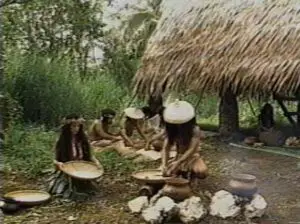
Cultural aspects of food. Humans require food in order to survive. People get their food from the natural environment through practices of food collection, farming,
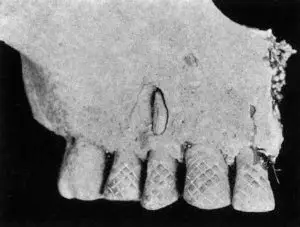
Tooth staining. Unlike clothing or hairstyles, body modifications are changes made to the body itself that are of a more permanent nature. Among the CHamoru
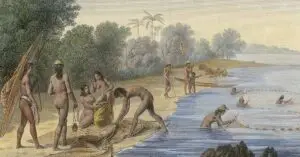
Body ornamentation. All human cultures practice some form of body ornamentation. Body ornamentation refers to the ways in which people decorate or dress their bodies